This week, Spooky Isles is running a series of articles by DACRE STOKER on his great-grand uncle Bram Stoker and the legendary novel Dracula. Dacre is leading a tour to Romania this July, so we thought it an great time to ask him to tell us what Bram means to him and why is so committed to his legacy. This is what he said:
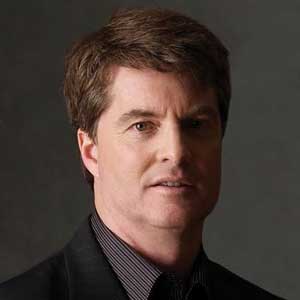
As I travel to many places to deliver Stoker on Stoker presentations, I am asked questions that revolve around Bram’s motivations and inspirations for writing Dracula.
Was he a little “off”, how did horror creep into his life, how did such a serious man write such a horrifying novel?
On one level, we may never know exactly what was going on inside Bram’s mind, as he left behind so little first hand information about his writing of Dracula.
However, as I delve into his life on a personal level, I believe that there were events in his life that contributed to his famous creation.
Bram Stoker develops ‘dark sense of imagination’
Bram was a sickly child for the first seven years of his life and besides possibly being subjected to bloodletting as a cure, he would have been very lonely and developed a dark sense of imagination.
These traumas would have been exasperated by the stories that he was told by his mother about premature burials and other horrific events that she witnessed during the cholera epidemic in Sligo when she was a child.
It must be mentioned that the Irish have a rich history of storytelling, many of these stories involve themes that are particularly gruesome involving death, afterlife, and life-sucking creatures.
Bram would have been exposed to these types of stories as a young sick bedridden boy, another possible explanation for his very-active morbid imagination.
Bram kept a journal and included observations from life all around him as a young man growing up in Dublin.
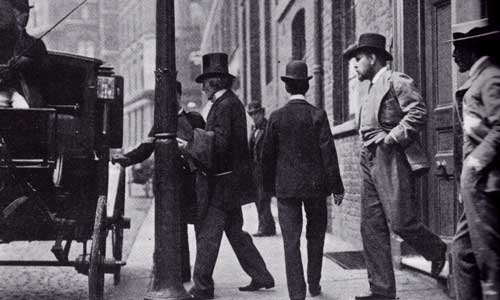
He included real places, events and based characters on real people in his novel Dracula, this realism created a sense of great unrest amongst the readers of his novel.
Particularly as Dracula came out not too long after the real Jack the Ripper murders created a sense of unrest and anxiety in London.
It didn’t hurt that Bram’s work as a theatre manager involved creating a sense of realism and fantasy on stage at the Lyceum with Henry Irving for 27 years.
Bram used existing folklore about vampires which he researched in the British Library to give an explanation for his supernatural creature Count Dracula.
He utilized the technique of providing a plausible explanation for the issue of realism and supernatural which could not be explained by present day science, an issue very sensitive to his readers in Victorian London.
Dacre Stoker is leading a tour to Dracula sites in Romania this July 2016. Find DACRE STOKER is the great grand-nephew of Bram Stoker and the best-selling co-author of Dracula the Un-Dead (Dutton, 2009), the official Stoker family-endorsed sequel to Dracula. Dacre is also the co-editor (with Elizabeth Miller) of The Lost Journal of Bram Stoker: The Dublin Years (Robson Press, 2012). A native of Montreal, Canada, Dacre taught Physical Education and Sciences for 22 years, in both Canada and the US. He has participated in the sport of Modern Pentathlon as an athlete and a coach at the international and Olympic levels for Canada for 12 years. He is an avid player and coach of the unique game of Court Tennis. He currently lives in Aiken, South Carolina, with his wife Jenne where they manage the Bram Stoker Estate.


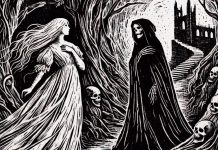


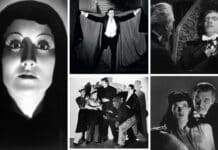

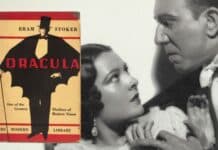
What made him write it was seeing the success of James Malcolm Rymer’s serial VARNEY THE VAMPYRE or, The Feast of Blood.
(Sometimes erroneously attributed to Thomas Preskett Prest),
The serial appeared in weekly chapter form for two years (1845-47) and sold out every chapter. That’s a lot of dreadful amount of pennies to be accumulating.
“Cha-CHING!” said this ever practical Irishman, and wrote Dracula.